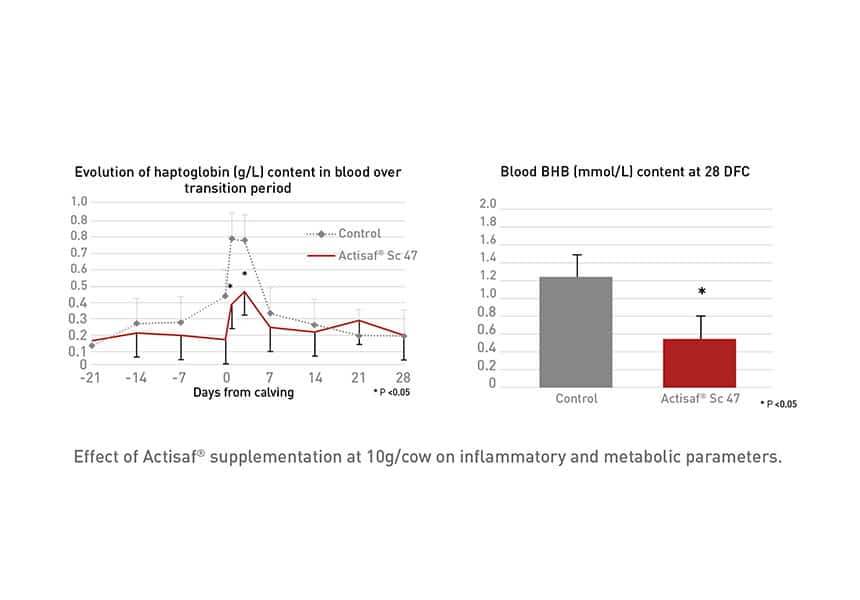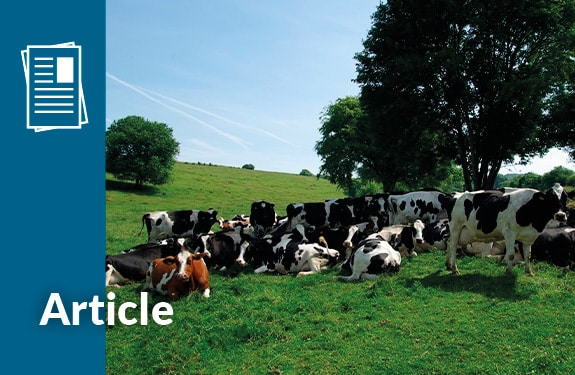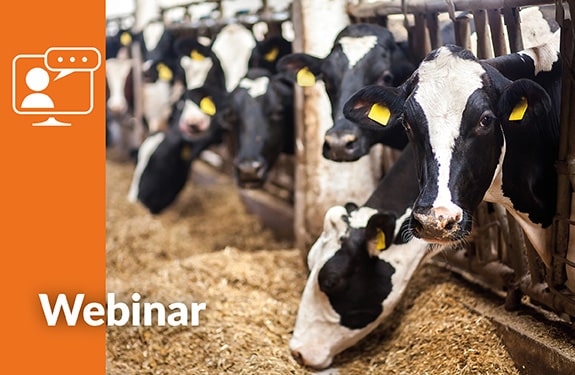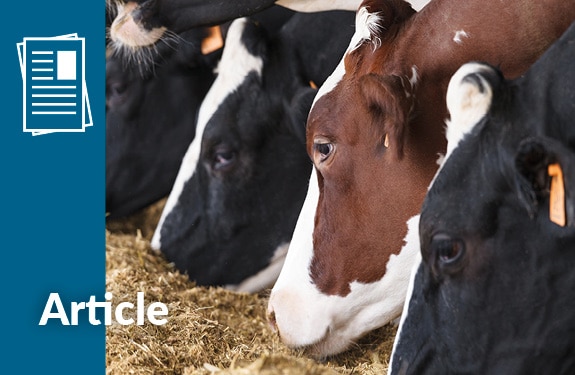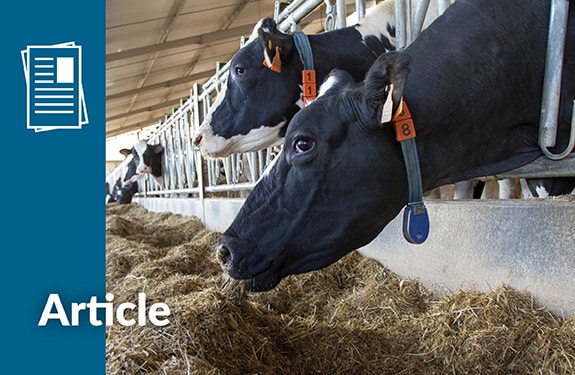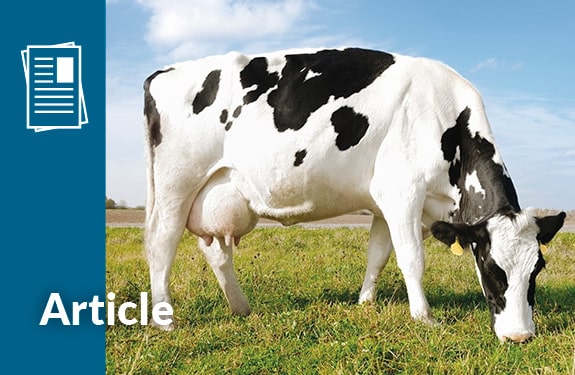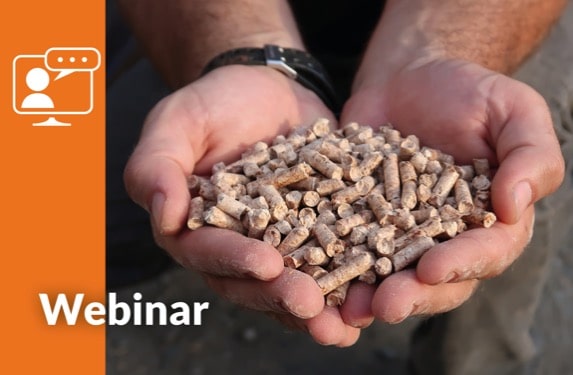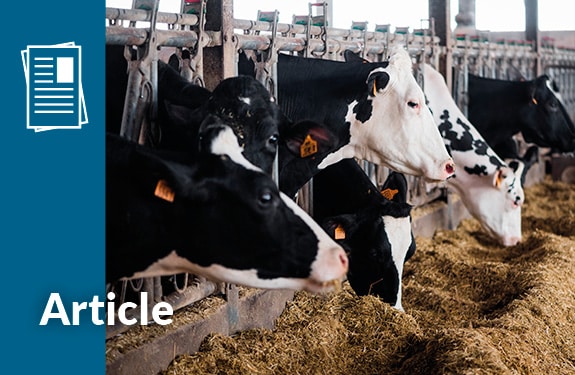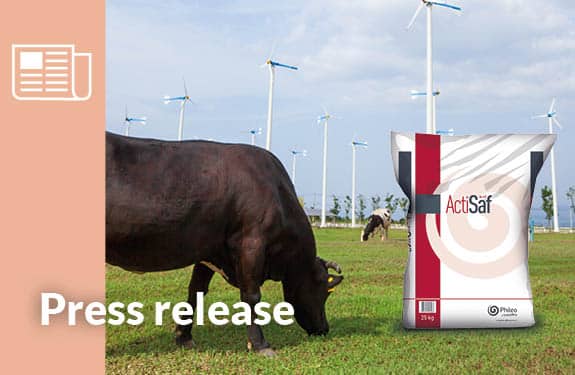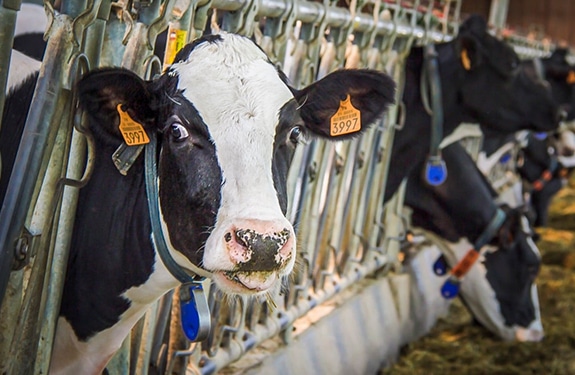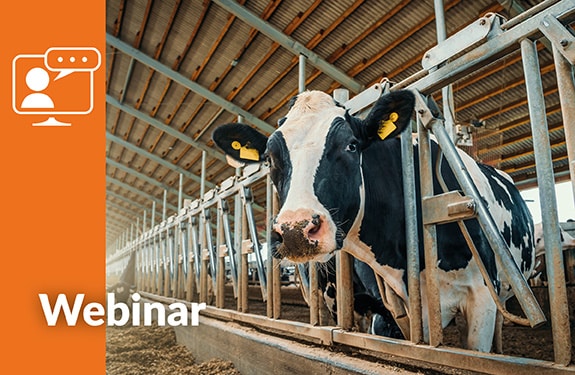Metabolic disorders solutions for dairy cows
Metabolic disorders can have a significant effect on a cow’s lactation performance, fertility, overall health, and longevity. Most metabolic disorders occur around calving and are associated with the transition from dry period to lactation. Even though we are constantly improving the nutrition and management of cows during transition, metabolic disorders are still a major risk due to pushing genetics towards more and more milk production.
The most common metabolic disorder, with the highest impact on productivity in transition cows, is ketosis, especially subclinical ketosis, occurring as a result of negative energy balance (NEB). Subclinical ketosis is a costly disorder, impacting on milk yields throughout the entire lactation, as well as affecting the reproductive performance and immune status of the dairy cow. Data shows that subclinical ketosis leads to a decrease in dry matter intake DMI of up to 20% and an average 2kg reduction in milk yield.

Why do cows experience NEB?
After calving, the energy demand increases drastically in line with milk production, taking energy requirements beyond the capabilities of the feed. Cows receive less energy than required for milk production and maintenance, leading to negative energy balance (NEB).
To cope with this energy imbalance, cows use mobilise body fat reserves. Lipids from body fat deposits are transported as non-esterified fatty acids (NEFA) to the liver to be used as an energy source. The udder uses glucose for milk production, leading to low blood glucose and low levels of insulin. Low insulin levels initiate the fat mobilisation needed to cover immediate energy demands. These mechanisms occur in all cows after calving. . However, if the animal doesn’t recover fast from NEB, it will face health problems and NEB will become subclinical, or even clinical, ketosis.
Energy repartition after calving
The mammary gland takes priority in glucose use. The udder uses glucose to make lactose which is the main driver of milk production, the cow being programmed to make milk ahead of all other functions. Low blood levels of insulin lead to low levels of other important hormones, such as IGF1 which is exceptionally important for follicular development and the future reproductive performance of the cow.
If NEB takes a long time to recover, NEFA levels increase and have a direct negative effect on oocyte quality. Also, the liver when overloaded with NEFA, cannot cope and starts producing ketone bodies which, in higher concentrations, are toxic and can negatively impact the immune system. Higher NEFA concentrations will also lead to fatty liver.
The role of the immune system in NEB
High milk production is not the only factor associated with NEB. Around parturition, a cow’s innate and adaptive immune function is altered, placing the animal at a higher risk of catching infectious diseases, which can trigger an inflammatory process. After calving, cows show increased biomarkers of systemic inflammation, often without clear signs of infection. Inflammation is a reaction of the innate immune system involved in the parturition and might be provoked by different metabolic and hormonal changes during calving. The activated immune system requires huge amounts of energy (mainly as glucose) to maintain this inflammation. This energy can be equal to the energy gap in ketotic cows and greatly contributes to NEB after calving. Inflammatory metabolites also have a negative impact on the oocyte and on further reproductive performance.
Using Actisaf® Sc47 to counter post calving metabolic disorders
Supplementing diets with Actisaf® Sc 47, yeast probiotic, helps improve a cow’s immune status and reduce the risk of NEB. This is achieved by reducing systemic inflammation and improving DMI and rumen fermentation, resulting in significantly more energy availability to the mammary gland for milk production.
Supplementation with an adequate dose of Actisaf® Sc 47 during the transition period has a significant impact on systemic inflammation and NEB, supporting the cow’s metabolic adaptation for optimal lactation.










